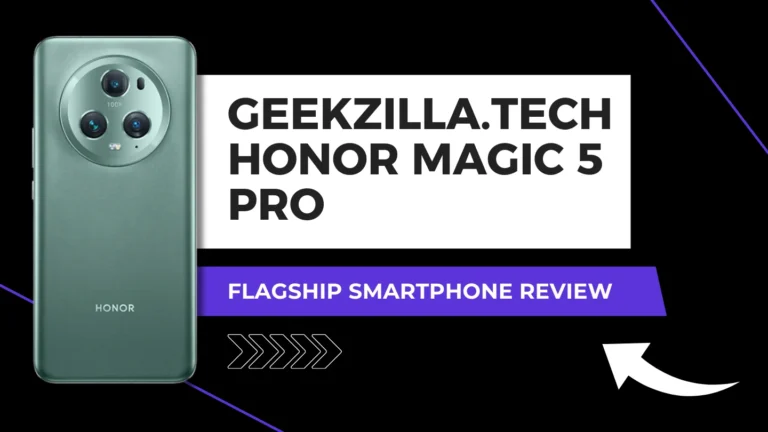Enhancing Multichannel Support: AI Chatbots Integrated with Freshdesk

In today’s hyper-connected digital landscape, customers expect seamless support across a variety of channels, from live chat and email to social media and messaging apps like WhatsApp. However, while many organizations boast “multichannel” capabilities, the reality is often a fragmented experience. Customers are forced to repeat themselves as they switch from one channel to another, and agents scramble to piece together context from disparate threads.
The core issue lies not in the number of channels but in the lack of unified context. Most support systems treat each interaction as a blank slate, ignoring the customer’s journey across touchpoints. The result? Frustrated users, overworked agents, and missed opportunities for resolution. This isn’t multichannel support, it’s multichannel chaos.
Why AI Chatbots Alone Aren’t Enough for Multichannel Success
AI chatbots are powerful tools, but their effectiveness is limited when deployed in isolation. Many organizations use bots across different channels without a shared memory or unified strategy, resulting in inconsistent and repetitive interactions. To truly enhance multichannel support, chatbots must be context-aware and integrated into a centralized system such as CoSupport AI solutions for Freshdesk automation.
Siloed Bots Create Siloed Experiences
AI chatbots have become a staple in modern customer support, but their effectiveness is often undermined by poor integration. Many organizations deploy separate bots for email, live chat, and social media — each trained independently and operating in isolation. This leads to a disjointed experience where a customer might share their issue with a chatbot on the website, only to be asked to repeat everything when they follow up via email.
This siloed approach not only frustrates customers but also undermines the efficiency gains that AI is supposed to deliver. Without shared memory or access to ticket history, bots become little more than glorified FAQ engines.
Support Fragmentation Leads to Agent Rework
When bots operate without access to a centralized ticketing system, they generate noise instead of resolution. Agents are left to sift through multiple threads, manually correlate conversations, and re-ask questions that the bot already covered. This duplication of effort increases handling time and reduces customer satisfaction.
The Freshdesk Advantage — When Bots Are Native, Not Just Integrated
Freshdesk offers a unique advantage by serving as a central hub for multichannel support. Unlike platforms that merely connect bots via APIs, Freshdesk enables native integration, allowing bots to access ticket history, customer data, and workflow rules. This transforms bots from reactive responders into proactive support agents.
Why Freshdesk as a Hub Matters
Freshdesk, part of the Freshworks suite, offers a powerful omnichannel support platform that centralizes tickets from email, chat, social media, WhatsApp, and more. What sets it apart is its native support for AI chatbot integration through APIs and Freddy AI: Freshworks’ proprietary AI engine.
By acting as a central hub, Freshdesk allows bots to access ticket history, customer profiles, SLA rules, and even sentiment analysis. This enables bots to respond with context, reducing redundancy and improving resolution accuracy.
AI Chatbots Built for Freshdesk vs. Plug-and-Play Bots
Unlike generic plug-and-play bots, Freshdesk-native bots can interact with CRM fields, trigger workflows, and adhere to SLA policies. This transforms them from reactive Q&A engines into proactive support agents.
For example, a Freshdesk-integrated bot can detect that a customer is on a premium plan, recognize that they’ve had a similar issue in the past, and escalate the ticket directly to a specialized agent group: all without human intervention.
Designing a Channel-Aware Chatbot Strategy in Freshdesk
A successful multichannel CoSupport AI bot strategy requires more than just deployment — it demands thoughtful design. By mapping customer journeys, building shared context layers, and assigning bots to specific roles, organizations can ensure that every channel contributes to a unified support experience.
1. Map Customer Journeys Across Channels
The first step in building an effective multichannel support strategy is to understand how customers move between channels. Do they start with live chat on your website and follow up via email? Are they using WhatsApp for urgent issues and social media for feedback?
Mapping these journeys helps identify friction points, such as repeated questions or delayed handoffs, which can be addressed through smarter bot design.
2. Build a Shared Conversation Context Layer
To eliminate repetition and improve continuity, connect your chatbot’s memory to Freshdesk’s ticketing system. This allows bots to store and retrieve key signals such as:
- Previous resolutions
- Sentiment scores
- Channel switches
- Customer plan or tier
This shared context ensures that every interaction, regardless of channel, contributes to a unified support narrative.
3. Assign Bots to Specific Channel Roles
Rather than deploying a one-size-fits-all bot, assign specialized bots to different channels with clearly defined roles:
- Chat Bot: Manages live triage, FAQs, and routing
- Email Bot: Suggests resolutions or drafts replies
- Social Bot: Acts as a first-touch responder and routes tickets to the right team
All these bots feed into a single Freshdesk ticket, ensuring continuity and reducing duplication.
Real-World Impact: What Effective Integration Looks Like
Consider an e-commerce company that integrated both a WhatsApp bot and a web chat bot into Freshdesk. By leveraging Freshdesk’s unified ticketing and Freddy AI, they achieved:
- 45% reduction in average response time
- 60% fewer duplicate tickets
- Significant improvement in CSAT scores, especially among customers who switched channels mid-conversation
This success was driven not by the number of bots deployed, but by how well they shared context and coordinated actions.
Metrics to Track When Integrating Bots Across Channels
To measure the effectiveness of your multichannel bot strategy, track the following KPIs:
- Ticket merge rate across channels
- First-response time per channel (with vs. without bot)
- Bot escalation accuracy (handoff to correct agent group)
- Customer sentiment change before and after bot interaction
These metrics provide a clear picture of how well your bots are orchestrating support across touchpoints.
Adding Intelligence Across Channels
True multichannel support isn’t about deploying more bots: it’s about making every channel feel like one. By integrating AI chatbots natively into Freshdesk, organizations can eliminate silos, reduce agent workload, and deliver seamless, context-rich support experiences.
In 2025, support excellence isn’t defined by being everywhere: it’s defined by making every interaction count, no matter where it starts.











